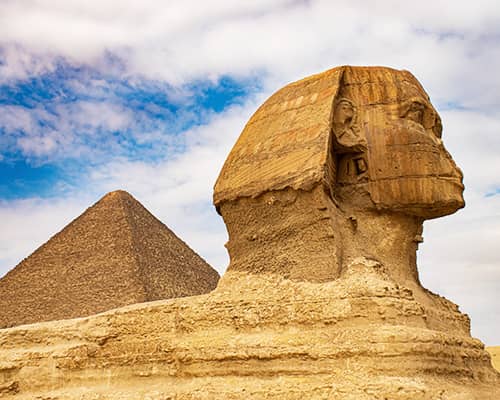Cantagalo-Pavão-Pavãozinho Favela
The Cantagalo-Pavão-Pavãozinho Favela is one of the most well-known informal settlements in Rio de Janeiro, Brazil. It comprises three interconnected communities: Cantagalo, Pavão, and Pavãozinho, which are situated on the hills between the affluent neighborhoods of Copacabana and Ipanema. The favela is characterized by its dense construction, narrow streets, and steep terrain. Originally consisting of simple dwellings, the area has evolved over time, now featuring a mix of modest homes and multi-story buildings. Despite the challenges, Cantagalo-Pavão-Pavãozinho is known for its vibrant community life and rich cultural scene, particularly in music and dance, with a strong influence of samba culture.
Key Facts
– Population: Estimates suggest that around 20,000 to 30,000 people live in the area.
– Size: The favela covers approximately 37 hectares.
– Socioeconomic Structure: The majority of residents belong to lower-income groups, many working in the informal sector or in low-wage service jobs in the surrounding neighborhoods.
– Infrastructure: Infrastructure in Cantagalo-Pavão-Pavãozinho has seen improvements in recent years, with investments in water supply, sewage systems, and electricity. However, challenges remain regarding housing quality and public safety.
Location
Cantagalo-Pavão-Pavãozinho is strategically located between the famous beaches of Copacabana and Ipanema, two of Rio de Janeiro’s most renowned neighborhoods. This hilltop location provides stunning views of the city and the sea but also presents challenges due to the steep terrain. The proximity to affluent neighborhoods creates a stark social contrast and has led to a long history of tension as well as mutual influence. Residents benefit from access to job opportunities in nearby upscale areas but also face pressures from gentrification and urban development.
History
The history of Cantagalo-Pavão-Pavãozinho dates back to the early 20th century when the first settlers began farming the hills between Copacabana and Ipanema. As Rio de Janeiro rapidly urbanized, the favela began to grow as more people from rural areas moved to the city seeking affordable housing. By the 1940s, informal settlements began to form on these hills, and the communities of Cantagalo, Pavão, and Pavãozinho gradually merged into a single favela.
In the following decades, the favela experienced significant population growth, leading to denser construction. Its location near wealthy neighborhoods resulted in social tensions and violence. In the 2000s, the Rio de Janeiro city government initiated extensive infrastructure projects in the favela, including the construction of elevators and escalators to improve access. These modernization efforts have enhanced living conditions but have also accelerated gentrification, causing displacement of some original residents. Despite these challenges, the favela remains a dynamic part of the city, known for its cultural vibrancy and strong sense of community.

Ipanema view
Beach, Mountains
Enjoy the amazing view over the famaous beach of Ipanema

Copacabana
Beach, Mountains
Spectacular view over the whole Copacabana Beach



